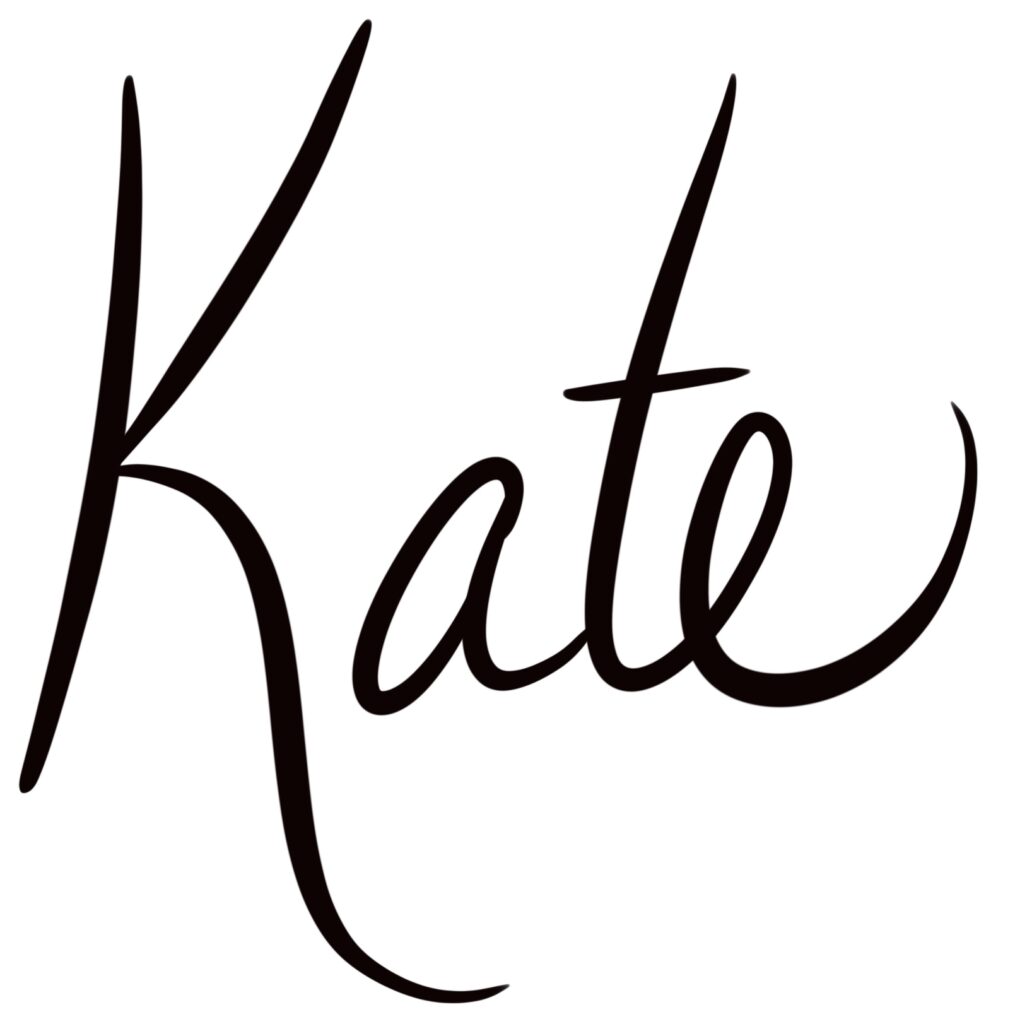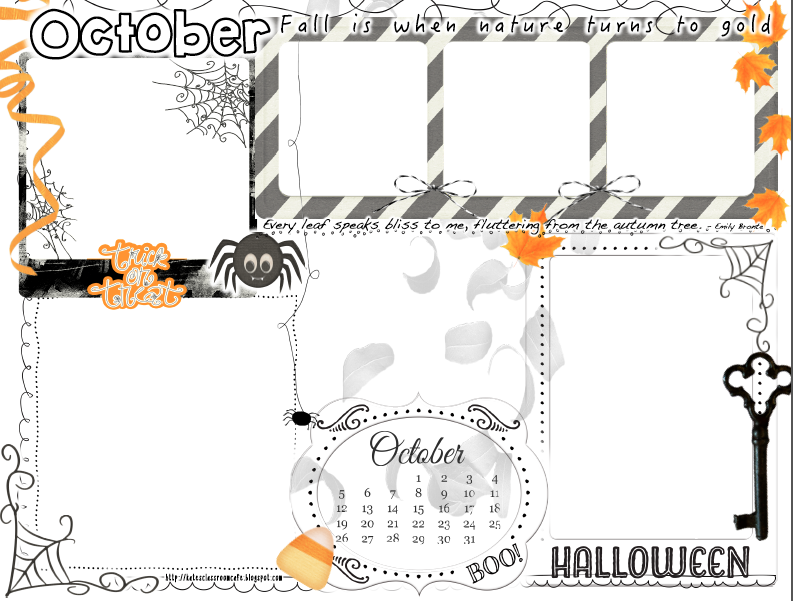I’m going to start with a classroom fail, which is the main inspiration for this post. For as long as I can remember I’ve always been a visual note-taker. When my 11th grade ELA teacher required an outline for a paper, I created a storyboard instead. I doodled my way through undergraduate and graduate school and it definitely served me well. So when I started teaching middle school science, I assumed my 6th graders would surely take to doodle notes quickly. I mean, it seems SO much easier than more traditional note-taking formats right? Not…so…fast. I’ll never forget that biotic and abiotic factor lesson plan where it was clear that not a single student had visual notes that even remotely matched the learning goal! (Thank goodness that was not my walk-in observation day!) Long story short…I learned by experience that (most) kids need a lot of scaffolding to become quality doodle note-takers.
When kids get back to their seats I say “stand if at least 1 student guessed the vocab word that matched your doodle.” 2? 3? I keep going until only few kids remain standing. As a class we give these “Doodle Champions” a round of applause!
- Simple
- Clear and easy to study from
- Neat but doesn’t have to be perfect
- Labels are helpful
- Use pencil lightly then darken and embellish as you go
- Relates to the topic or brings attention to important details
- Helps you study or recall the information











